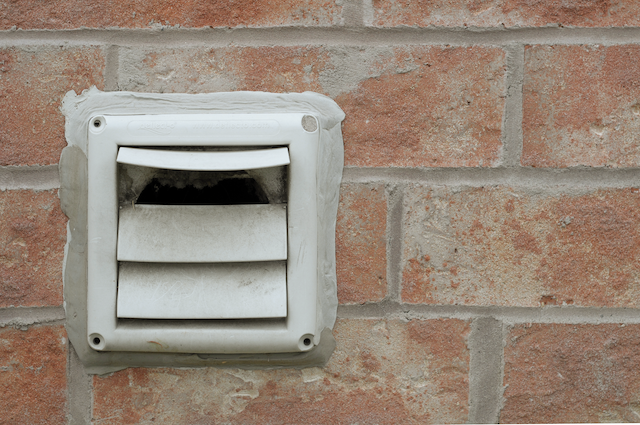As the fight against rats goes on, people who live in their own homes often have to keep trying to keep these sneaky pests out. Rats are very flexible and persistent, so they look for every possible way to get into a home. This is why it’s important for people to properly secure their houses. In this guide, we’ll talk about the best way to close the deal and make sure that sneaky rat entry points can’t get through.
1. Know Your Enemy: Knowing Where Rats Can Get In
Before you take steps to protect your home from rats, it’s important to know how they get in. Rats are experts at taking advantage of weak spots. Gaps in the base, broken vent screens, holes around pipes, and even roofs that aren’t properly attached are all common ways for pests to get in. Homeowners can customize their defences if they know where they strike.
2. How to Do an Inspection: Finding Weak Spots
A strong defence is built around regular checks. Take a walk around your home and look in every corner. Be on the lookout for small gaps, holes, or signs of wear that rats could use to get in. Pay extra attention to places near utilities, where rats often hide to make it easier to get to food and water.
3. Make the fortress stronger by blocking off entry points
Once possible entry points have been found, the fortress needs to be strengthened. Rats can’t easily get through materials that are used to seal any cracks or holes. Options like steel wool, concrete, and expanded foam work well. Pay special attention to places like pipes, vents, and where utility lines enter your home. Remember that all a rat needs to get in is a hole about the size of a quarter.
4. Landscaping Tips: Getting Rid of Hideouts
Rats do best in places where there are lots of places to hide. Cut back plants that are getting too big, especially those that are close to your house. Rats like to hide in places with lots of bushes or a lot of stuff lying around. By keeping the yard well-kept, you cut down on places rats could hide and keep them from getting too close.
5. Materials that keep rats away: Putting money into long-term solutions
When building or fixing things, you might want to use materials that are resistant to rats. For example, steel mesh can be used in places where animals like to chew, like attic vents or holes. Rats won’t be able to easily find new ways into your home or take advantage of structural weaknesses if you use strong materials.
6. Professional Pest Control: A Partnership for Success
It’s important to be cautious, but sometimes it’s best to call in the experts. Professionals who get rid of pests have a lot of knowledge and experience. Because they are skilled, they can find small holes in defences that others might miss and use specific plans to close these holes securely.
7. Staying alert is the key to long-term success
The war against rats is still going on. It’s important to stay alert even after you’ve made your home safer. For long-term success, it’s important to do regular checks, fix things right away, and keep the area rat-proof. Homeowners can enjoy a rat-free haven if they stay one step ahead.
8. Working together in the community: a bigger version of rat-proofing
You might want to work with your neighbours to keep rats out on a bigger scale. Rats can still get into a house that is tight-fitting but not as tight-fitting as nearby homes. Encourage people to work together and share resources and knowledge to fight rat invasions as a single unit.
In the war against rats, “sealing the deal” means more than just blocking off all possible entry points. It also means making the area where rats want to live uninviting. Rats are tricky, but people can protect their homes from them by learning about their habits, using smart defences, and working with professionals. Remember that a home that is well-sealed is the best way to win a fight of wits between people and rats.
